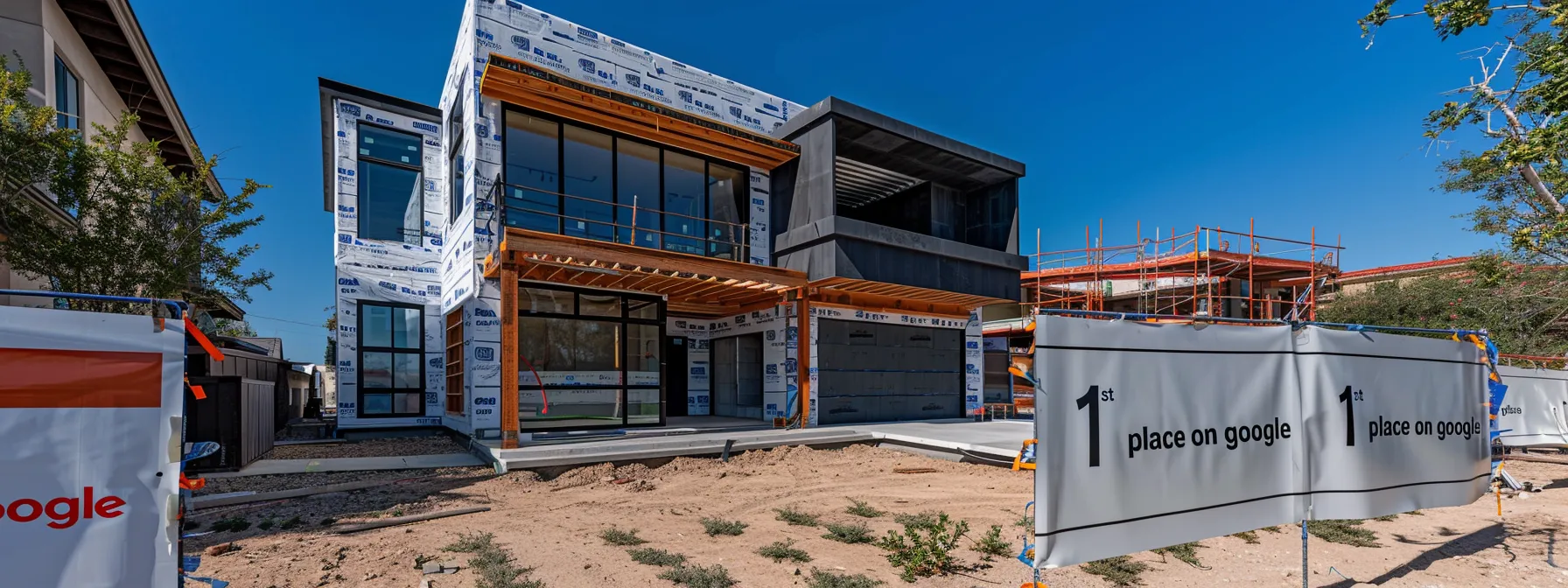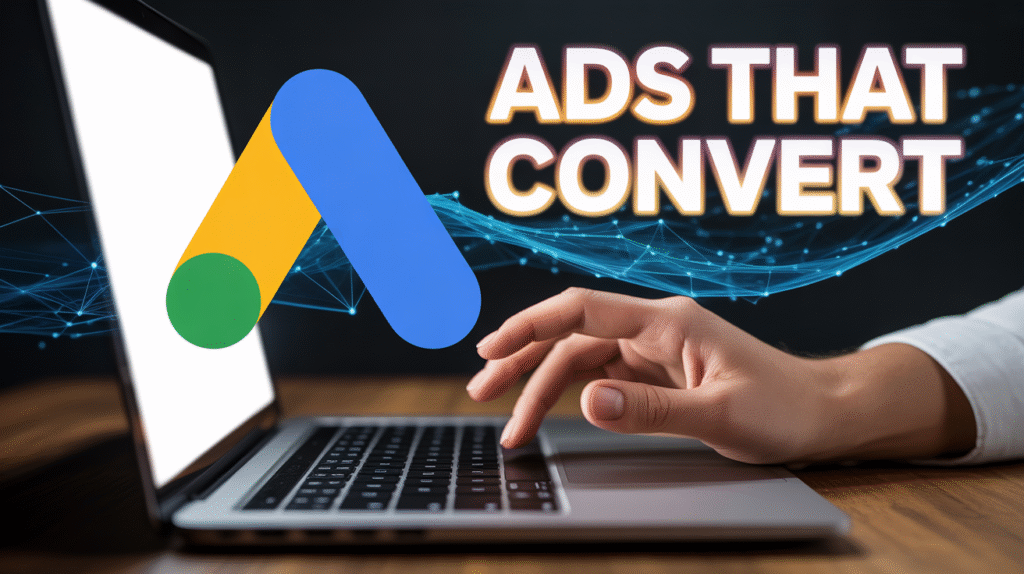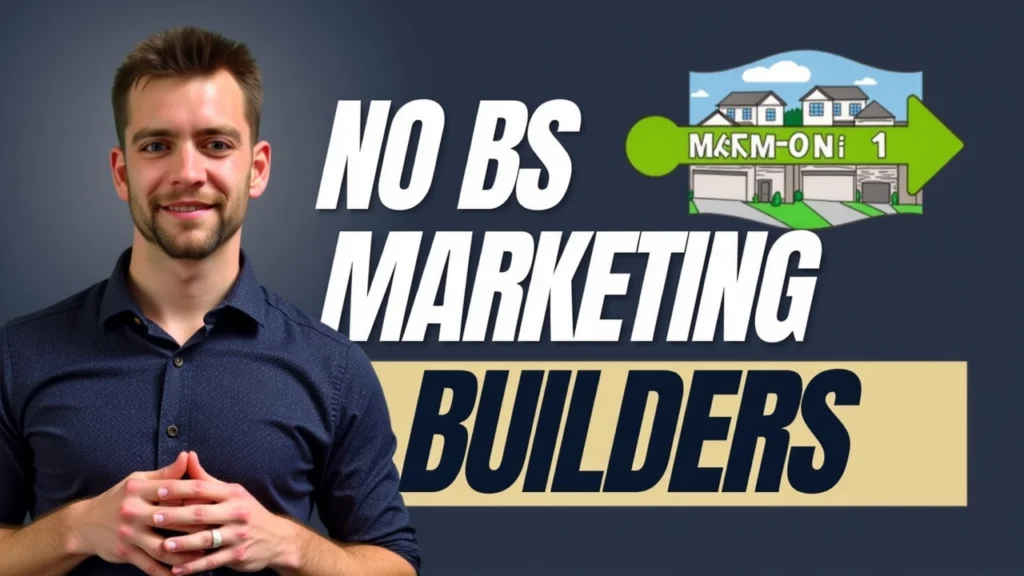Homebuilders marketing plan
-
- Why having a marketing plan is essential in the home building industry (not just “nice to have”)
-
- Common challenges homebuilders face: long sales cycles, high customer expectations, lots of competition, visual product, high cost
-
- What “converts” means: turning leads into appointments, appointments into sales, and happy customers who refer
Understanding Your Market & Audience
-
- Define your ideal buyer persona(s): demographics, psychographics, geographical areas, income levels, lifestyle desires, pain points (e.g. timeline, style, sustainability)
-
- Analyze competitors: what they’re doing well, their messaging, online presence, strengths / weaknesses
-
- Understand market trends affecting home building: interest rates, design trends, materials, sustainability, buyer preferences
Setting Clear Goals & Budget
-
- What you want to achieve (SMART goals: specific, measurable, achievable, relevant, time‑bound): e.g. “Generate 50 qualified leads per month,” “Close 10 homes in next 12 months,” “Increase referral business by 20%”
-
- Budget: how much can you spend, both total & broken down (digital, print, events, etc.)
-
- Allocate resources: in‑house vs external (agency, freelancers), tools/software, staff
Selecting the Right Channels & Tactics
-
- Digital channels:
• SEO (website, local SEO, Google Business Profile)
• Paid search (Google/Bing Ads) & paid social
• Content marketing (blogs, case studies, project galleries, video tours)
• Email marketing & marketing automation for lead nurturing
- Digital channels:
-
- Visual & experiential tactics: virtual tours, photorealistic renderings, drone video, model homes, home show events
-
- Offline/traditional channels: signage, local events, print advertising, referrals, partnerships (realtors, interior designers, lenders)
Planning the Customer Journey & Lead Nurturing
-
- Map the stages: Awareness → Interest → Decision → Purchase → After‑sales / Referral
-
- Key touchpoints & content for each stage:
• Awareness: blog posts, social media, show homes, visuals/trends
• Interest: detailed project galleries, virtual tours, FAQs, comparisons
• Decision: proposals, walkthroughs, pricing options, testimonials/case studies
• After‑sales: construction updates, warranty, customer support, referrals
- Key touchpoints & content for each stage:
-
- Lead scoring & segmentation: differentiate hot vs cold leads, tailor communications
Measurement: KPIs & Analytics
-
- Key metrics to track:
• Lead volume & quality (number of qualified leads per month) Home Builder Marketing+2Blue Tangerine+2
• Conversion rates (lead → appointment → sale) Bokka Group+2MilesBrand Blog+2
• Cost per lead & cost per acquisition (CPA) MilesBrand Blog+2Contractor Scale+2
• Return on marketing investment (ROMI) / ROI Klutch Growth+1
• Engagement metrics: website behavior, email opens, social media interactions MilesBrand Blog+1
• Customer satisfaction & referrals (NPS, online reviews) Bokka Group+1
- Key metrics to track:
-
- Tools & platforms for tracking: Google Analytics / GA4, CRM systems, heatmaps / UX tools, call tracking, lead management tools
Testing, Optimization & Continuous Improvement
-
- A/B testing for landing pages, ad copy, visuals
-
- Monitoring what’s working / what’s not by channel, adjusting budget accordingly
-
- Collecting customer feedback to adjust messaging, product features, service issues
-
- Regular review cycles: monthly reporting + quarterly strategic reviews
Examples & Real‑World Case Studies (optional but powerful)
-
- Short case examples of homebuilders who changed their plan & saw improvements (leads up / cost per lead down / faster sales)
-
- Before & after tactics: what they added or removed
Conclusion & Call‑to‑Action
-
- Recap: knowing your audience + setting goals + picking channels + measuring properly = marketing plan that converts
-
- Encourage builders to audit their current plan and identify one or two immediate changes (e.g. add virtual tours, improve follow‑up speed)
-
- CTA: resource / offer (could be a worksheet, or an evaluation, etc.)
FAQ Section
-
- How much should a homebuilder spend on marketing (as % of revenue or per lot)?
-
- How long until I see results from digital marketing / SEO?
-
- Should I focus more on digital or traditional channels?
-
- What makes a lead “qualified” in home builder marketing?
Now, I’ll write the full blog article using this outline.
Blog: How to Create a Marketing Plan for Homebuilders That Converts
Building homes takes craftsmanship. Marketing them effectively takes strategy. Without a solid marketing plan, even the most beautiful home can sit on the market too long, lose margin, or never reach the right buyer. Here’s how homebuilders can build a plan that converts — meaning: generates leads, closes sales, and builds referrals.
Understanding Your Market & Audience
Before you spend a dollar on advertising or content, know who you’re talking to.
-
- Define your buyer personas. Every homebuilder has different dream buyers. Maybe one is a young family wanting energy efficiency, another is retirees wanting a custom luxury cottage. What are their incomes? Where do they live now? What styles or features matter most? What are their challenges (budget, timeline, design, financing)?
-
- Study your competition. What are competing builders offering? What’s their message and brand positioning? How do their websites look, what visuals do they use, how are reviews and testimonials leveraged? Knowing what already works (and what doesn’t) helps you differentiate.
-
- Watch market trends. Economic climate (interest rates, material costs), design and building trends (sustainability, smart homes, multi‑use spaces), local zoning or supply constraints — all affect what buyers want and how you communicate value.
Setting Clear Goals & Budget
Goals without targets are just dreams. Budget without purpose is wasted.
-
- Set SMART goals. For example:
• Generate 50 qualified leads per month via website & showroom tours in your primary markets.
• Close 10 new home contracts in next 12 months.
• Increase referral business by 20% over the next year.
- Set SMART goals. For example:
-
- Allocate your budget. Decide how much you can spend overall (percentage of projected revenue or per lot). Then divide across channels: digital, print, events, photography/video, site signage, tooling.
-
- Identify resources. Do you have staff to run campaigns, or will you outsource? Do you have tools for email marketing, CRM, website optimization? What about visuals (professional photography, renderings)?
Selecting the Right Channels & Tactics
What mix of activities will reach your audience best and move them down the funnel?
-
- Digital channels are usually the backbone:
• SEO and Local SEO to make sure people searching “home builder in [your area]” find you.
• Paid Search & Paid Social to generate faster leads. Target ads to geographies, demographics, interests.
• Content Marketing: blogs, project galleries, how‑to articles, FAQs. Helps build trust and educate buyers.
• Email / Automation: follow‑up sequences, nurturing cold leads, reminders, after‑sales communications.
- Digital channels are usually the backbone:
-
- Visual & experiential tactics:
Virtual tours, drone footage, photorealistic renderings are powerful in helping prospects visualize the final product. Model homes, open houses, or staging are also essential if you have physical spaces.
- Visual & experiential tactics:
-
- Offline / Traditional methods:
Signage on lots, print ads in local papers or real estate magazines, direct mail, partnerships with realtors or interior designers. Referrals remain a very strong channel in home building.
- Offline / Traditional methods:
Planning the Customer Journey & Lead Nurturing
It’s not enough to get someone’s attention — you need to move them toward a purchase with trust‑building content & timely follow‑ups.
-
- Map out the stages
1. Awareness — prospects realize they want or need a new home or custom build. Your job: show up.
2. Interest — they explore styles, cost, locations, builders. Provide useful content and visuals.
3. Decision — comparing, walking through options, negotiating. Deliver case studies, testimonials, clear pricing, showroom or site tour.
4. Purchase / Close — contract, walkthroughs, setting expectations.
5. After‑sales & Referral — building the relationship, keeping them happy, encouraging reviews & referrals.
- Map out the stages
-
- Lead segmentation & scoring
Not all leads are equal. Some are ready to buy now; others are many months away. Score them by behavior (downloads, form fills, tours), by budget, by timeline. Tailor follow‑up content accordingly (high-touch vs nurture drip).
- Lead segmentation & scoring
-
- Follow‑up speed matters. According to industry data, fast responses to inquiries significantly increase chances of conversion. A delay often means potential clients engage someone else.
Measurement: KPIs & Analytics
What gets measured gets managed. These metrics let you know what’s working, what isn’t, and where to invest more.
| KPI | What It Tells You / Why It Matters |
|---|---|
| Lead volume & quality (qualified leads per month) | Are you reaching enough of the right people? Quantity + relevance. Home Builder Marketing+2MilesBrand Blog+2 |
| Conversion rates (lead→appointment, appointment→sale) | Shows how well you’re moving prospects through the funnel. If you get lots of leads but few appointments or closings, maybe your messaging or follow up is weak. Bokka Group+1 |
| Cost per Lead (CPL) & Cost per Acquisition (CPA) | Helps you see how much each lead or sale is costing. Important for budget optimization. MilesBrand Blog+1 |
| Return on Marketing Investment (ROMI/ROI) | Are your marketing dollars producing enough return? Prioritize channels that give good ROI. Klutch Growth+1 |
| Engagement metrics (website behavior, email open / click rates, etc.) | Tells you whether your content, messaging, and UX are resonating. High bounce rate or low email opens mean something is off. MilesBrand Blog+1 |
| Customer satisfaction & referrals (reviews, NPS, word‑of‑mouth) | Great for long‑term growth & reducing the cost of acquiring new customers. Happy past clients are one of your best advocates. Bokka Group+1 |
-
- Tools to use: Google Analytics (GA4), CRM / lead management system, UX tools (heatmaps, visitor recordings), ad platform analytics, call tracking, reputation platforms.
Testing, Optimization & Continuous Improvement
Even the best plan needs refinement.
-
- A/B Test landing pages, ad copy, visuals. Small changes can yield big conversion improvements.
-
- Review channel performance regularly. Shift more budget toward high‑ROI channels; pause or improve those that underperform.
-
- Gather customer feedback. What did buyers like? What held them back? Use testimonials, surveys, reviews to uncover insights.
-
- Set recurring review cycles. Monthly dashboards + quarterly strategy check‑ins + annual big picture review. Adjust strategy based on data and market shifts (e.g. material cost increases, interest rate changes).
Examples & Case Studies
Here are some hypothetical / real examples of actions that improved conversion rates:
-
- Builder A added virtual walkthroughs of model homes & saw a 25% increase in appointment requests.
-
- Builder B reduced response time to inquiries from 48 hours to under 4 hours → leads‑to‑sales ratio improved by 30%.
-
- Builder C implemented a referral program with past clients; referrals contributed to 20% of new contracts next year.
Conclusion & Call‑to‑Action
A marketing plan that converts isn’t built overnight, but it isn’t magic either. If you:
-
- deeply understand your ideal customers and what they value,
-
- set smart goals and align budgets,
-
- pick channels & tactics that match those customers,
-
- build a nurturing journey with clear touchpoints, and
-
- measure, test, adjust —
then you’ll see more qualified leads, faster sales, better margins, and happier customers who refer.
🔧 Action Step: Audit your current marketing plan. Pick one area to improve immediately — maybe improve your follow‑up speed, build a better gallery of visuals, or tighten up your segmentation. That one change can start shifting your results now.
Want a worksheet to map all this out for your specific region / buyer personas / budget? I can build that for you.
FAQ
Q: How much should a homebuilder spend on marketing?
A: It depends on your business size, the cost per build, margins, and how many new homes you need to sell. A rough benchmark is allocating a percentage of sales revenue or lot cost toward marketing, often somewhere between 5‑10%, but adjust it based on how aggressive your growth goals are.
Q: How long until I see results from digital marketing/SEO?
A: Some tactics (paid ads, social media) can bring results quickly (weeks to a few months), while SEO, content marketing, and building reputation tend to take longer (3‑12 months) depending on competition and consistency.
Q: Should I focus more on digital or traditional channels?
A: Use a mix weighted toward the channels where your audience is. If your region/market is highly digital, you may get more ROI from online tactics. But don’t ignore offline/traditional if your buyers respond well (events, signage, partnerships, etc.).
Q: What makes a lead “qualified” in home builder marketing?
A: Typically someone who meets a few criteria: has a budget in your range; intends to buy a home in your service area; timeline within a reasonable period; has some interaction (visited lot or model, requested information, etc.). The exact definition may vary based on your sales process.










